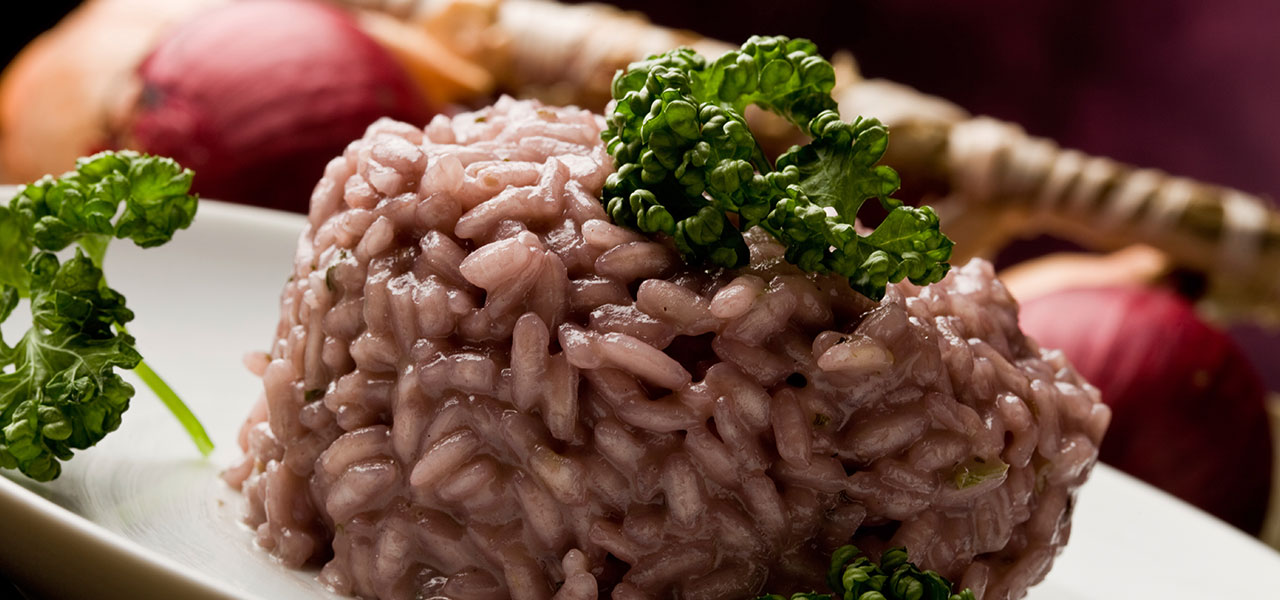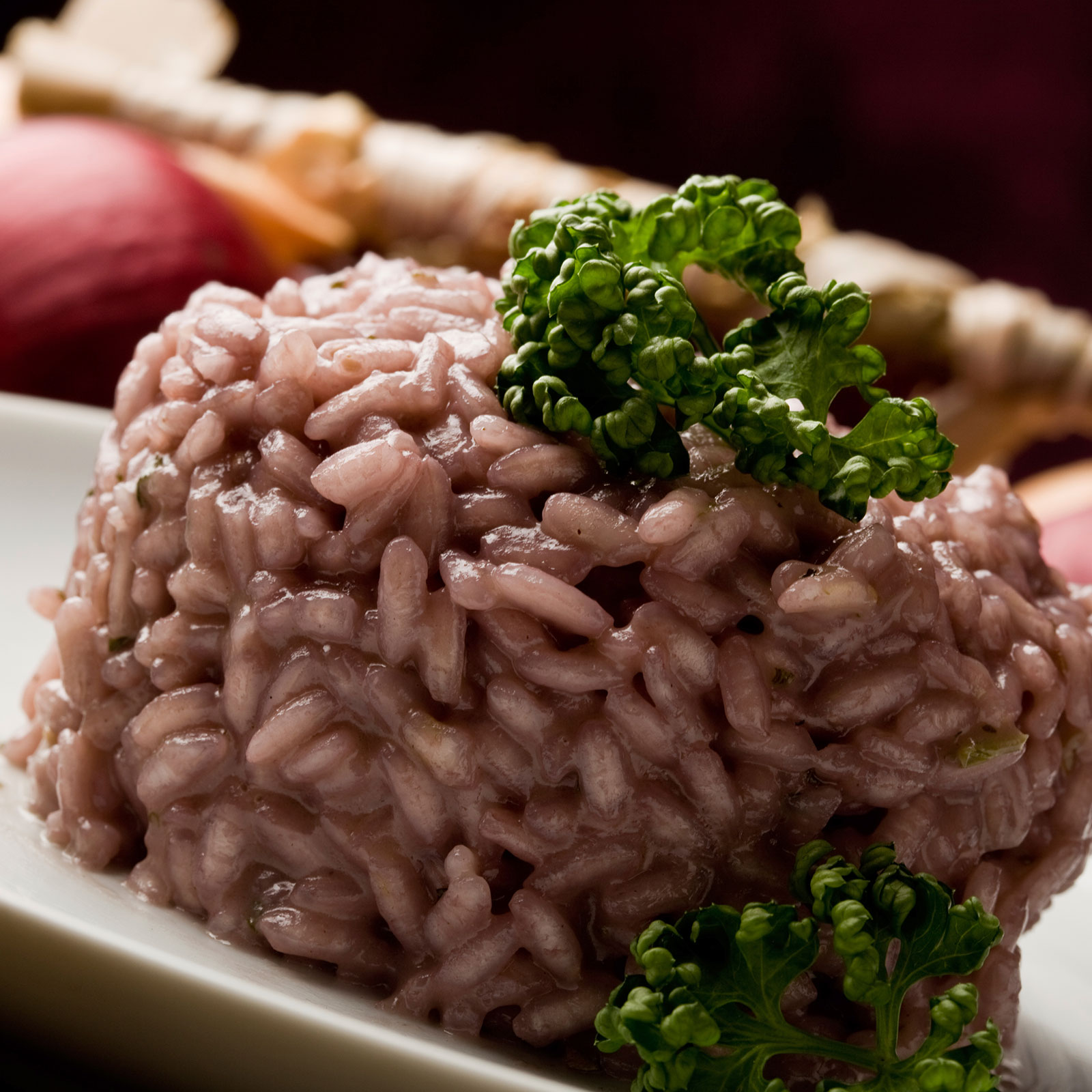Try out our selection of delighful recipes


Try out our selection of delighful recipes



We encourage responsible enjoyment of our wines. Please confirm you are at least 21 years of age by entering your birth date below.




The pressure cooker creates creamy risotto in a hands-free way. We tried this with Carnaroli and Arborio; we liked the forgiving nature of Carnaroli, which remained al dente, while Arborio rice produced a softer grain in the cooker. Don't worry if the rice is a tad runny after cooking--it thickens as it stands before serving.
6 servings (serving size: 3/4 cup)
West Coast Dungeness crab and Meyer lemons, both in season now, come together deliciously in this special-occasion pasta. At A16 Rockridge, chef Rocky Maselli made it with housemade squid-ink tonnarelli; we opted for fettuccine since it's easier to find.
Serves 6
One year, chef and cookbook author Joanne Weir led a culinary tour to the Cinque Terre in Italy. "We went out on the Mediterranean, where we drank prosecco and ate seafood cooked on a tiny grill…I relished the fresh grilled calamari and halibut skewers as I baked in the sunshine and gazed at the crystal blue waters from which the seafood had just come. A few people decided to go for a swim. I won't mention whether bathing suits were involved. What happens in the Mediterranean after 18 bottles of prosecco stays in the Mediterranean." This is her ode to the skewers from that day.
Serves 6
Makes 6 to 8 first-course servings
Recipe courtesy of chef Andrea Messini
4 servings
Serves 6‐8
Serves 8